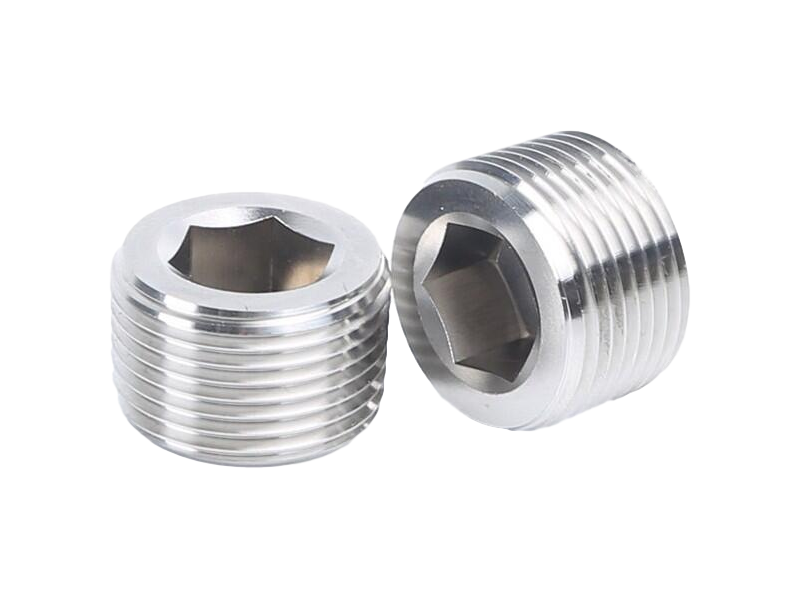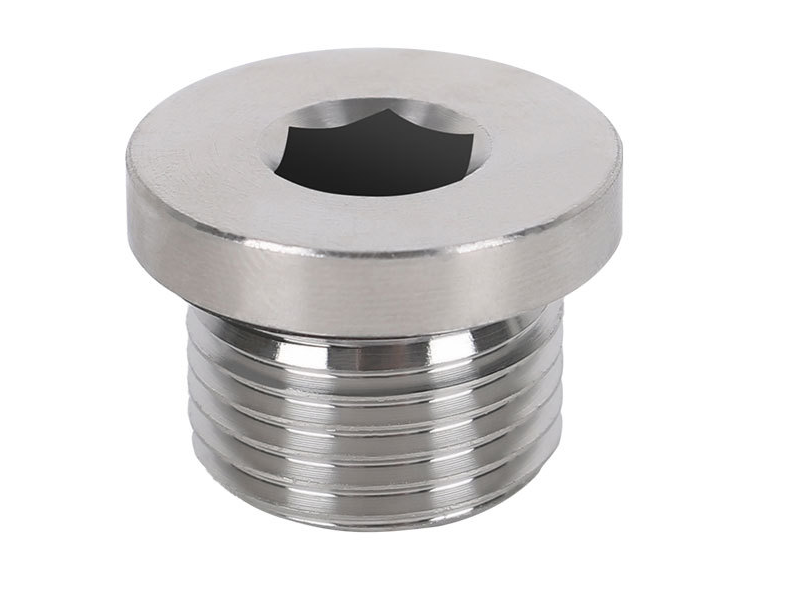The Definitive Guide to Brass Compression Fittings
Brass compression fittings are essential components in plumbing, HVAC, and industrial systems worldwide. Whether you’re working on residential piping in North America, HVAC installations across Europe, or industrial applications in Asia, choosing the right fittings ensures safety, longevity, and performance. Brass fittings are known for their durability, corrosion resistance, and ease of installation, making them a popular choice across diverse environments.
This guide aims to provide a thorough understanding of what brass compression fittings are used for, their benefits, how to properly size them, and where their use should be avoided—giving you the knowledge to make informed decisions on your next project.
What Are Brass Compression Fittings Used For?
Main Applications:
- Residential Plumbing: Connecting supply lines to faucets, toilets, and appliances in homes across North America and Europe.
- HVAC Systems: Sealing refrigerant lines, condensate drain connections, and gas lines in heating and cooling systems.
- Gas Lines: Supplying natural gas or propane for appliances in residential, commercial, and industrial settings.
- Industrial Equipment: Pneumatic control lines, chemical transport, and hydraulic systems in factories throughout Asia, Europe, and North America.
- Aquarium and Water Features: Securing leak-proof connections in freshwater and marine systems used worldwide.
Advantages in These Environments:
Brass’s corrosion resistance, high-pressure handling capabilities, and reusability make it ideal for both permanent and temporary piping and fluid transfer systems in diverse regional settings.
Why Are Brass Fittings Beneficial?
Corrosion & Rust Resistance:
Brass’s alloy composition makes it highly resistant to oxidation, especially crucial in coastal areas like California’s Bay Area, Florida, or Japan’s humid environments.
Durability & Longevity:
Able to endure high pressures and temperature fluctuations typical in HVAC systems in Europe, North America, or Asia.
Ease of Installation & Reuse:
Tool-free or simple tighten methods facilitate quick, reliable assembly and disassembly, saving time in maintenance or repair across urban and rural settings.
Cost-Effective Solution:
Offering a balance of affordability and performance, brass fittings are accessible in markets worldwide, especially in regions with high labor or material costs.
Material Compatibility:
Brass’s compatibility extends with copper, plastic, and steel pipes, making it adaptable for hybrid piping systems used in modern homes and factories.
Leak-proof Sealing:
Properly installed brass compression fittings form secure seals, essential for safe, environmentally compliant fluid and gas transfer worldwide.
How Are Brass Compression Fittings Sized?
The Importance of Accurate Sizing:
Incorrect sizing causes leaks, pressure drops, or mechanical failure—costly and dangerous in any setting.
Measurement Methods:
- Outer Diameter (OD): Measure the pipe/tube OD precisely using calipers.
- Consult Product Charts: Manufacturers provide sizing guides, matching OD to compatible fittings.
- Standard Sizes:
- ¼ inch (6mm): Small appliances, delicate systems
- ½ inch (12mm): Broader household and commercial use
- ¾ inch (20mm): Larger plumbing systems
- 1 inch (25mm) or more: Industrial-scale piping and high-capacity systems
Pressure & Material Tolerance:
Verify both the pressure ratings of fittings and their material specifications to suit your maximum operating conditions—whether it’s household water, refrigerants, or industrial chemicals.
Pro Tip:
Always double-check measurements and match fittings to compliant standards like ASTM, ISO, or DIN for safety and fit.
Where Should You Not Use Compression Fittings?
Limitations & Inappropriate Uses:
- High-Pressure Hydraulic Systems:
Fittings may not withstand extreme pressure exceeding rated limits, risking leaks or rupture. - Critical Gas Lines (Underground or Safety-Sensitive):
For gas infrastructure where failure could cause hazards, use professionally certified, code-compliant fittings and connections. - Permanent or Welded Connections:
For permanent pipelines, welding or brazing are more reliable and durable options. - Corrosive Environments Without Proper Coatings:
Environments with aggressive chemicals or saltwater may require stainless steel or specially coated fittings. - High-Vibration or Movement Areas:
Repeated stress can loosen compression fittings unless specifically rated for vibration resistance.
Using fittings outside their designed range increases risks of leaks, system failures, and costly repairs—so always match the fitting specifications to your specific application.
Proper Installation & Maintenance Tips
- Match the Correct Size & Material:
Ensure fittings are compatible with your pipes and suitable for your environment and pressure requirements. - Use Proper Tools & Sealants:
Hand-tighten


